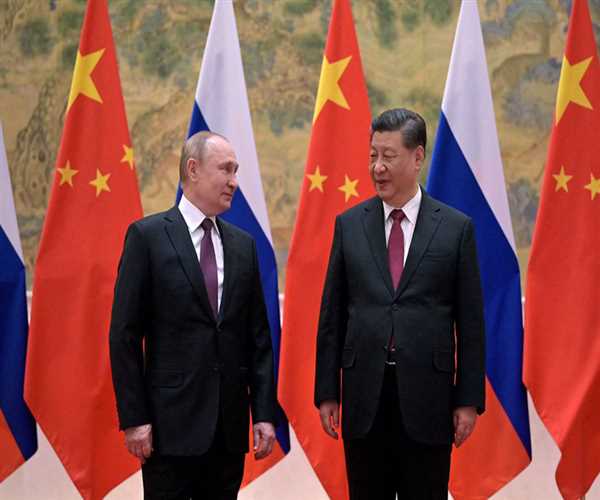In recent years, Russia has been actively seeking to contain China’s growing influence in the Eurasian region and beyond. In order to accomplish this, Russia has employed a number of tactics designed to limit Chinese engagement in the region and to prevent Chinese encroachment on Russian interests. These tactics can be divided into four main categories: economic, military, political, and diplomatic.
Economically, Russia has sought to limit Chinese economic expansion into the Eurasian region by establishing its own economic zone, the Eurasian Economic Union. This union consists of the Republics of Belarus, Kazakhstan, Kyrgyzstan, and Armenia, and allows for the free trade of goods and services between the countries. Additionally, Russia has also sought to limit Chinese investments in its economy. For example, Russia has recently enacted legislation that limits the amount of foreign direct investment by Chinese companies in the country. This is largely seen as an attempt to protect Russia’s economy from potential foreign interference or exploitation.
On the military front, Russia has deployed troops to its borders with China and conducted military exercises in the region. Additionally, Russia has conducted numerous joint military exercises with its allies in the region. These exercises have included the Collective Security Treaty Organization and the Shanghai Cooperation Organization. Furthermore, Russia has increased its military presence in the region by deploying its newest military hardware, such as the S-400 missile defense system and the Su-35 fighter jets.
The political arena has been another area of focus for Russia in its attempts to contain Chinese influence. This has included Russian efforts to ensure that the Chinese government does not gain too much influence in the region. For example, Russia has sought to ensure that China does not gain significant influence in the Central Asian states, such as Kazakhstan and Kyrgyzstan. Furthermore, Russia has sought to cultivate support for its own allies in the region, such as Armenia, Tajikistan, and Turkmenistan.
Finally, on the diplomatic front, Russia has sought to limit Chinese influence in the region by engaging in diplomatic dialogues and negotiations with the Chinese government. This has included the signing of a number of agreements, such as the 2016 Sino-Russian Treaty of Friendship and Cooperation, as well as the 2018 Moscow Agreement. Furthermore, Russia has sought to develop its relationship with other countries in the region, such as India and Japan, in order to counterbalance Chinese influence.
Overall, Russia has employed a variety of tactics in its efforts to contain Chinese influence in the Eurasian region. These tactics have included economic, military, political, and diplomatic measures, which have all been designed to limit Chinese engagement in the region and protect Russian interests. As a result, it is clear that Russia has been actively seeking to contain Chinese influence in the region, and these tactics have been largely effective in achieving this goal.
